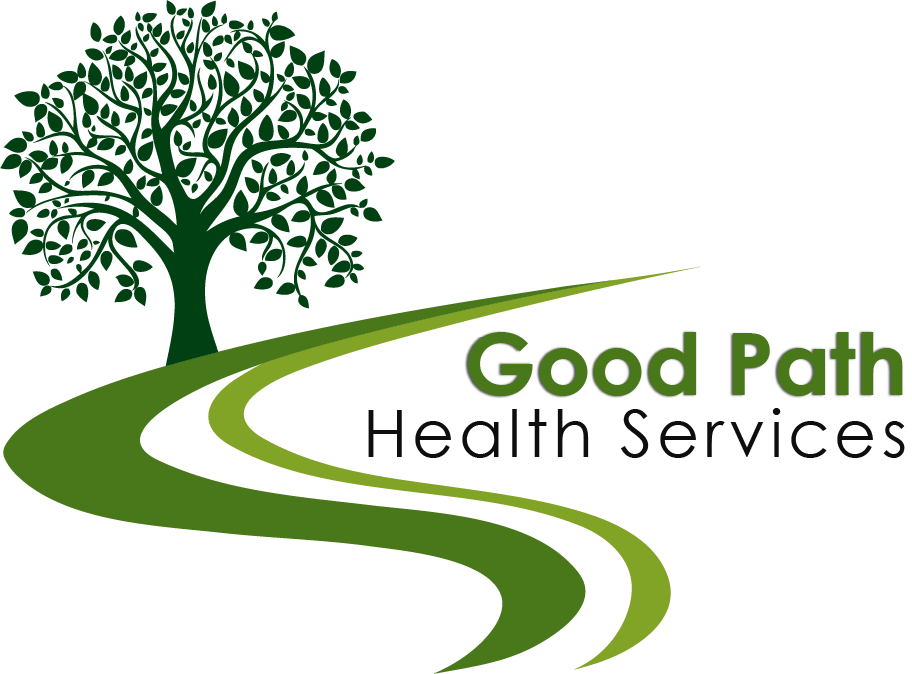
Complex Post-Traumatic Stress Disorder, or CPTSD, comes from repeated trauma over a long time rather than a single event.
Knowing what are the 17 symptoms of complex PTSD can help people spot it and get help.
This blog explains these signs thoroughly, showing how they show up and impact everyday life.
What is CPTSD?
CPTSD, or Complex PTSD, is a mental health disorder that shows up after lasting trauma.
The key difference between CPTSD and PTSD, which arises from a single traumatic incident, is that CPTSD usually comes after repeated traumatic events like persistent abuse or confinement.
How PTSD and CPTSD Differ
PTSD involves symptoms related to re-living a traumatic event. CPTSD, however, includes additional symptoms tied to emotional regulation, awareness, and identity.
Acknowledging the 17 symptoms of complex PTSD is crucial for accurate identification and effective treatment.
What Are the 17 Symptoms of Complex PTSD?
Here are the 17 symptoms of complex PTSD.
Emotional and Physical Symptoms
- Emotional Dysregulation: Those with CPTSD often wrestle with intense emotions that feel unstoppable, swinging between extremes.
- Self-Negative Image: Guilt, shame, and self-blame are common, often culminating in a sense of worthlessness.
- Relationship Struggles: Trust can be hard to earn, which can inhibit forming and keeping close bonds.
- Emotional Disconnection: A numb feeling or emotional disconnection can creep in, hampering the ability to feel joy or sadness.
- Physical Symptoms: Unexplained chronic pain, headaches, or other bodily issues are common and often associated with complex PTSD and tremors.
Cognitive Symptoms
- Memory Issues: Recalling the trauma or its segments might be hard, affecting focus and learning.
- Flashbacks and Persistent Thoughts: Re-living the distressing events through flashbacks can be unsettling and intrusive.
- Nightmares: Frequent nightmares related to CPTSD can interrupt sleep patterns, known as CPTSD nightmares.
Behavioral Symptoms
- Avoidance: People often elude things linked to trauma, such as specific locations, friends, or activities.
- Self-Destructive Behavior: Some may misuse substances, harm themselves, or consider ending their lives as a means of suppressing unbearable feelings.
- Hyperarousal: Signs include getting easily scared, constant tension, or sporadic bouts of anger or annoyance.
Social Symptoms
- Isolation: Pulling away from family and friends is not uncommon; socializing can become too intense.
- Distorted Perception of Perpetrator: Those affected may have an unhealthy preoccupation with their abuser, either idealizing them or being fixated on vengeance.
Identity and Consciousness Symptoms
- Altered Consciousness: Feeling detached from reality, often perceived as dissociation, can occur as an escape from traumatic memories.
- Identity Disturbance: A fragmented sense of self or feeling that one’s identity has changed due to trauma is a critical symptom.
Additional Symptoms
- Loss of Faith or Hopelessness: People often lose hope or faith in the future, the world, or in themselves.
- Difficulty with Emotional Regulation: The inability to handle emotions can result in unexpected emotional explosions or continuous sorrow.
Recognizing the Need for Help
Knowing what are the 17 symptoms of complex PTSD is imporant. It’s the first step in finding help.
When you or someone you know exhibits these signs, a complex trauma test or c-PTSD screening becomes important.
Dealing with Complex PTSD
Different Therapeutic Strategies
- Cognitive Behavioral Therapy (CBT): This therapy helps in shifting negative thoughts and actions tied to trauma.
- Eye Movement Desensitization and Reprocessing (EMDR): Works on handling traumatic memories through a focus on external signals.
- Dialectical Behavior Therapy (DBT): Aims to strengthen control over emotions and improve relationship skills.
Self-Care and Support
- Taking Care of Yourself and Practicing Mindfulness: Being mindful is a great way to make you feel anchored, reducing worry.
- Support Groups: Conversations with people who understand your situation can provide comfort and understanding.
Takeaway
Recognizing and understanding what are the 17 symptoms of complex PTSD is critical to managing the condition effectively.
If you or a close one identifies with these symptoms, it’s pertinent to find professional assistance.
At Good Path Health Services, we provide complete support and custom treatment for those facing complex PTSD.
Our proficient team is committed to guiding your healing journey.
Don’t delay; start your recovery journey today and connect with our empathetic team for help and guidance.
Helpful Resources
- National Institute of Mental Health (NIMH): Visit the NIMH website. They provide comprehensive details about PTSD and CPTSD. It includes signs to look out for and different remedies.
- National Suicide Prevention Lifeline: If you’re in a crisis, call National Suicide Prevention Lifeline at 1-800-273-8255 anytime. It’s confidential and help is ready 24/7.
- SAMHSA’s National Helpline: Can’t find mental health services nearby? Reach out to SAMHSA’s National Helpline at 1-800-662-HELP (4357). They can guide you.
FAQs
What does CPTSD feel like?
- It causes constant strong emotions.
- You might feel extreme sadness or anger, or you could feel nothing at all.
- There’s a lack of trust deep down and a sense of being worth nothing.
- You might feel alone, find it hard to keep friendships, and have physical signs such as headaches or shaking.
- You might feel stuck like you can’t get away from your past.
What can trigger complex PTSD?
Long-lasting, repeated trauma can do it. This could be from:
- Being abused during childhood.
- Violence at home.
- Being held captive.
- Living in war-ravaged areas.
- Things that remind you of the trauma could also trigger it. This includes places, noises, or situations similar to the original traumatic experiences.
Can you fully heal C-PTSD?
Yes, it’s possible to heal from C-PTSD, but it often needs a lot of commitment to therapy and taking care of yourself.
The road to recovery involves learning to handle symptoms effectively, getting better control over your emotions, and forming good relationships.
Complete healing differs among individuals, but many people see a huge improvement in their life quality
Is C-PTSD permanent?
Not necessarily. If you get the right help and support, you can noticeably reduce the symptoms.
Therapy, medicine, and support groups can aid people in dealing with and overcoming the difficulties caused by C-PTSD, thus helping them live satisfying lives.



